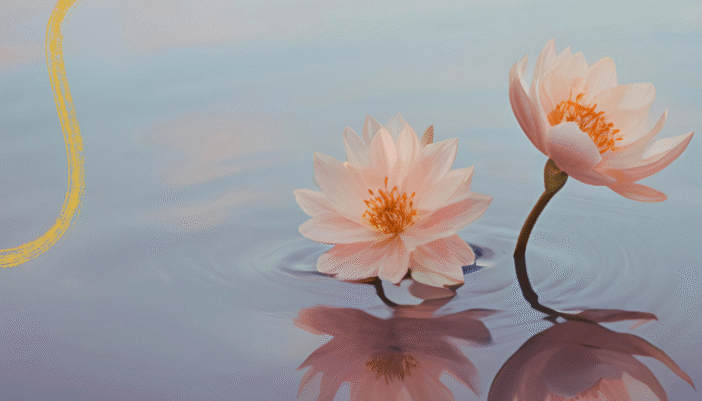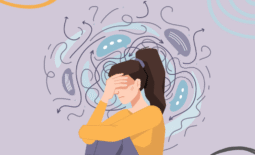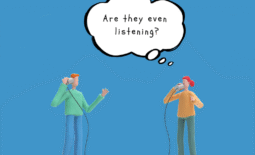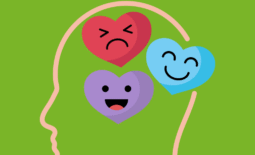When Sitting Still Feels Unsafe: The Fear Beneath the Stillness
Most people don’t talk about how uncomfortable it can be to just be.
To sit still.
To slow down.
To be quiet for even a few minutes.
Because when there’s no task, no distraction, no one else’s needs to manage… that’s when the noise shows up.
The racing thoughts.
The guilt.
The “shoulds.”
The deep sense that you’re wasting time or falling behind.
Or maybe that familiar, buzzing urge to get up, get moving, do something.
For some, it’s anxiety. For others, it’s a restless discomfort – like you want to crawl out of your skin. You might not even be able to name it, but you feel it.
And so you pick up your phone. Open a browser tab. Do the laundry. Send another text. Reach for the remote. Anything to not have to sit in it.
This Isn’t Just About Stillness
It’s not really about the silence.
It’s about what shows up in the silence.
When we stop moving, the feelings we’ve pushed down: grief, fear, loneliness, anger, even unmet desire – start to rise. And if we’ve spent years trying not to feel those things, stillness can feel threatening.
Many of us grew up equating productivity with worth, performance with safety, and keeping others comfortable with being “good.” So, the moment we stop doing, the old fears creep in:
- Am I lazy?
- Am I selfish?
- Am I falling behind?
- What if I’m not enough, as I am, in this moment?
That inner critic doesn’t rest when you rest. In fact, it often gets louder.
Which is why sitting still can feel more like a fight than a break.
When Stillness Wasn’t Safe
For many of us, the discomfort with stillness didn’t just come from internal pressure…it came from external experiences.
In some families, sitting still was treated like laziness. In others, stillness meant you were vulnerable to criticism, control, or chaos.
You may have learned that when you paused, someone else filled the silence with something sharp – sarcasm, judgment, or a demand.
Over time, your nervous system got the message: Stillness is unsafe. Being still means being exposed.
You may have even felt like a sitting duck – waiting for the next hit, interruption, or emotional ambush. So you learned to stay ahead of it. To anticipate. To keep moving.
Now, as an adult, even when the threat is gone, the reflex to keep going remains. It’s not about willpower, it’s about wiring.
And this is why sitting still doesn’t always feel peaceful at first. It feels like waiting for something bad to happen.
But the good news is: you can begin teaching your body and your mind that this moment is different. That now, stillness can mean something else, something safer, gentler, and more grounded.
The Truth Beneath the Urge to Move
What if the part of you that can’t slow down is trying to protect you?
It might believe that movement keeps you safe.
That staying busy keeps the grief from rising.
That caretaking others keeps your own needs hidden—because they were never honored anyway.
That silence means vulnerability… and vulnerability has always felt like danger.
When you begin to understand that the discomfort isn’t weakness, it’s wiring…you can stop shaming yourself for not being able to relax.
What You Can Try Instead
Start small. Don’t aim to sit still for an hour if three minutes feels unbearable. Instead:
- Sit for one minute and just breathe. Let yourself notice what comes up.
- Say out loud: “It’s safe to pause.” Even if you don’t fully believe it yet.
- Place your hand on your chest and ask, “What am I avoiding right now?” No pressure to answer, just practice asking.
- When the guilt or “shoulds” come in, gently reply: “I’m allowed to rest.”
You don’t have to meditate. You don’t have to clear your mind.
You just have to stay for one moment longer than you usually would.
That’s the work. That’s the beginning of building safety in the stillness.
You’re Not Broken
If sitting still makes you feel like you want to crawl out of your skin, you’re not broken.
You’re likely just someone who never got to feel safe in the quiet.
Who never learned that being is enough.
Who’s spent a lifetime outrunning the truth of what hurts.
But now you’re learning a new way.
And every pause…every breath…is a step toward home.




